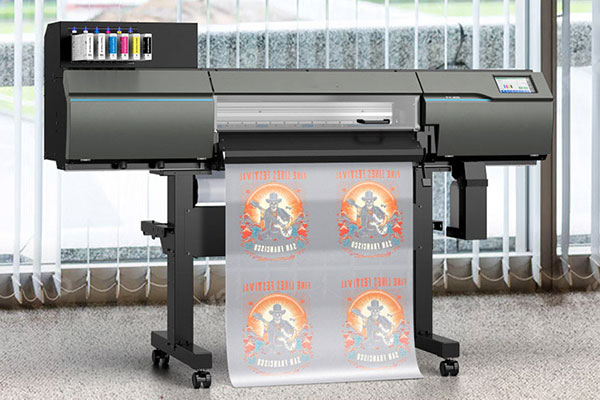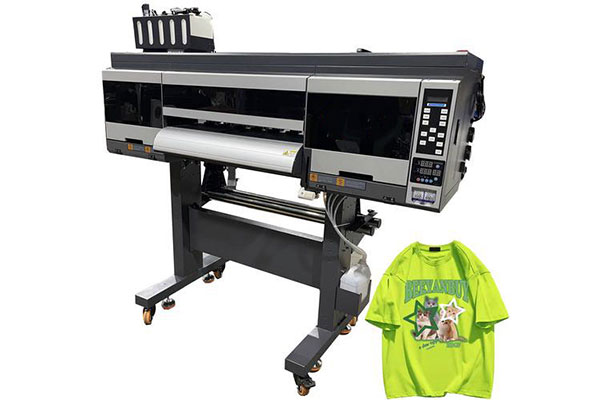In the world of custom printing, new technologies continue to reshape how designs are transferred onto fabrics and other materials. One of the most talked-about innovations in recent years is the DTF printer. Short for Direct to Film, a DTF printer offers a versatile, cost-effective, and high-quality method for printing designs onto textiles. If you’re in the garment decoration, promotional product, or custom apparel industry, understanding what a DTF printer is — and how it works — could help you take your business to the next level.

What is a DTF Printer?
A DTF printer is a specialized printing machine designed to print designs directly onto a special PET film using water-based pigment inks. Once the design is printed, a hot-melt adhesive powder is applied to the film. The film is then cured and heat-pressed onto the target fabric, resulting in a vibrant and durable print.
Unlike traditional methods like screen printing or sublimation, DTF printing does not require pretreatment of garments and works on a wide range of fabrics, including cotton, polyester, blends, and even leather.
How Does a DTF Printer Work?
A DTF printer is a specialized machine designed to handle the Direct-to-Film process. Here’s a simple breakdown of how it works:
- Design Creation – The artwork is prepared using graphic design software and RIP software for color management.
- Film Printing – The DTF printer prints the design onto PET film using CMYK and white inks.
- Powder Application – Hot-melt adhesive powder is applied to the wet ink.
- Curing – The film is heated so the powder melts and sticks to the ink.
- Heat Transfer – The film is pressed onto fabric or another surface with a heat press, transferring the design.
Advantages of DTF Printers
DTF printers are becoming popular because they solve many challenges in textile printing. Some of the key advantages include:
- Versatility – Works on a variety of fabrics, including cotton, polyester, blends, and dark-colored garments.
- No Pretreatment Required – Unlike Direct-to-Garment (DTG) printing, there is no need for pretreating garments.
- High Durability – Prints are resistant to cracking, fading, and peeling, even after multiple washes.
- Cost-Effective – Requires less setup compared to screen printing, making it ideal for both small and large orders.
- Vivid Colors & Details – Produces sharp designs with bright, eye-catching colors.

Applications of DTF Printing
Because of its flexibility and high-quality results, DTF printing is widely used for:
- Custom t-shirts and hoodies
- Sportswear and uniforms
- Tote bags and promotional items
- Caps and hats
- Personalized gifts
- Leather and specialty fabrics
DTF vs. Other Printing Methods
To better understand the value of a DTF printer, here’s how it compares to other common methods:
- DTF vs. DTG (Direct to Garment) – DTG requires pretreatment and works best on cotton, while DTF works on a wider range of fabrics with no pretreatment.
- DTF vs. Sublimation – Sublimation is limited to polyester and light-colored materials, whereas DTF works on cotton and dark fabrics as well.
- DTF vs. Screen Printing – Screen printing is labor-intensive for small batches, but DTF is ideal for short runs and full-color designs.
Final Thoughts
A DTF printer is a versatile, cost-effective, and durable printing solution for businesses of all sizes. Whether you’re printing on T-shirts, tote bags, or even non-fabric items, DTF technology opens the door to endless customization opportunities.
As the demand for personalized products continues to grow, investing in a DTF printer can help you stay ahead of the competition and expand your product offerings.